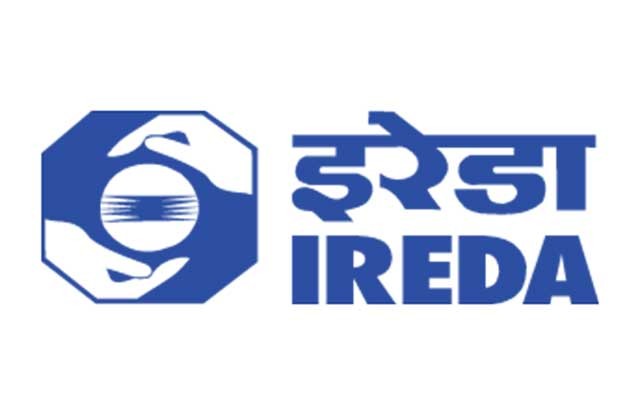Solar Energy
Solar Thermal
Solar Dryer Programme
Solar dryers require a certain investment for the set-up of the appliance, but no expenditures for the fuel. The basic function of a solar dryer is to heat air to a constant temperature with solar energy, which facilitates extraction of humidity from crops inside a drying chamber. Ventilation is enabled at a constant rate through defined air inlets and outlets, small solar ventilators or temperature difference, either due to exposition or vertical height. In direct sun driers the food is put in boxes with a transparent lid. Additionally, the temperature in the drier is raised due to the greenhouse effect and the air exchange is regulated by vents. The food is not exposed to direct sunlight in indirect sun driers as the fresh air is heated separately from the food chamber. This method is preferable for drying foods which lose nutritional value when exposed to direct sunlight.
A first step when considering solar drying is to compare the different drying options available. Solar drying will only be successful, when it shows tangible benefits in comparison to existing drying methods. In comparison to the traditional way of drying outside in an open field, solar dryers prevent contamination of produce by dust, insects, etc., thereby ensuring quality. They allow small-scale farmers to transform their harvest into storable and tradable goods, which they can sell off-season at higher prices.
The constant temperature and ventilation allows a consistent drying process which results in better product quality and higher prices. However, the investments costs of solar dryers vary highly depending on the size of the solar dryer, locally available materials and environmental conditions, such as slope and exposition of the side, rainy seasons.












